Introduction
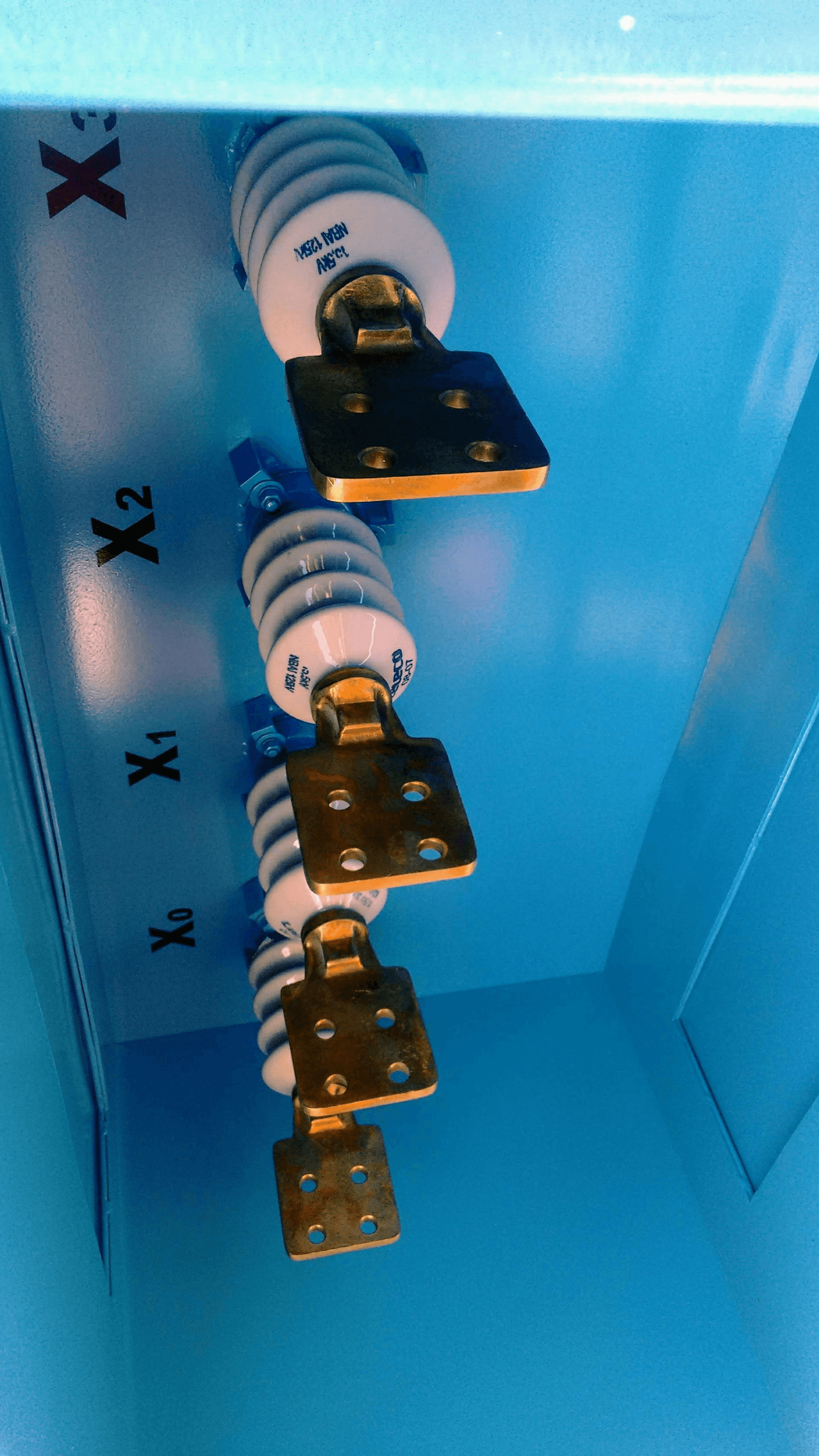
In the vast realm of power systems, electrical bushings play a pivotal role in ensuring seamless operations. These unsung heroes, often overlooked, are crucial components that allow high-voltage equipment to function efficiently and safely. Understanding the intricacies of bushing insulators is essential for anyone involved in electrical engineering or maintenance.
Understanding Electrical Bushings in Power Systems
Electrical bushings are specialized insulators designed to facilitate the transition of electrical conductors through grounded barriers, such as transformer casings or switchgear enclosures. High-voltage bushings act as a bridge between different voltage levels while maintaining insulation integrity and safety standards. By effectively managing electrical stress and environmental factors, these insulator bushings ensure reliable performance in demanding conditions.
The Importance of Quality Bushing Insulators
The quality of bushing insulators directly impacts the longevity and reliability of power systems. Inferior materials can lead to premature failures, resulting in costly downtimes and safety hazards. Therefore, investing in high-quality porcelain bushings or ceramic bushing insulators is paramount for maintaining operational efficiency and reducing maintenance costs.
Key Applications in Transformers and Switchgear
Bushing insulators are indispensable components within transformers and switchgear systems, serving as gateways for electrical connections while providing necessary insulation from surrounding structures. In transformers, transformer insulators help maintain voltage levels while protecting against arcing and short circuits. Similarly, within switchgear applications, these bushings ensure safe operation by preventing electrical leakage and enhancing overall system reliability.
What are High-Voltage Bushings?
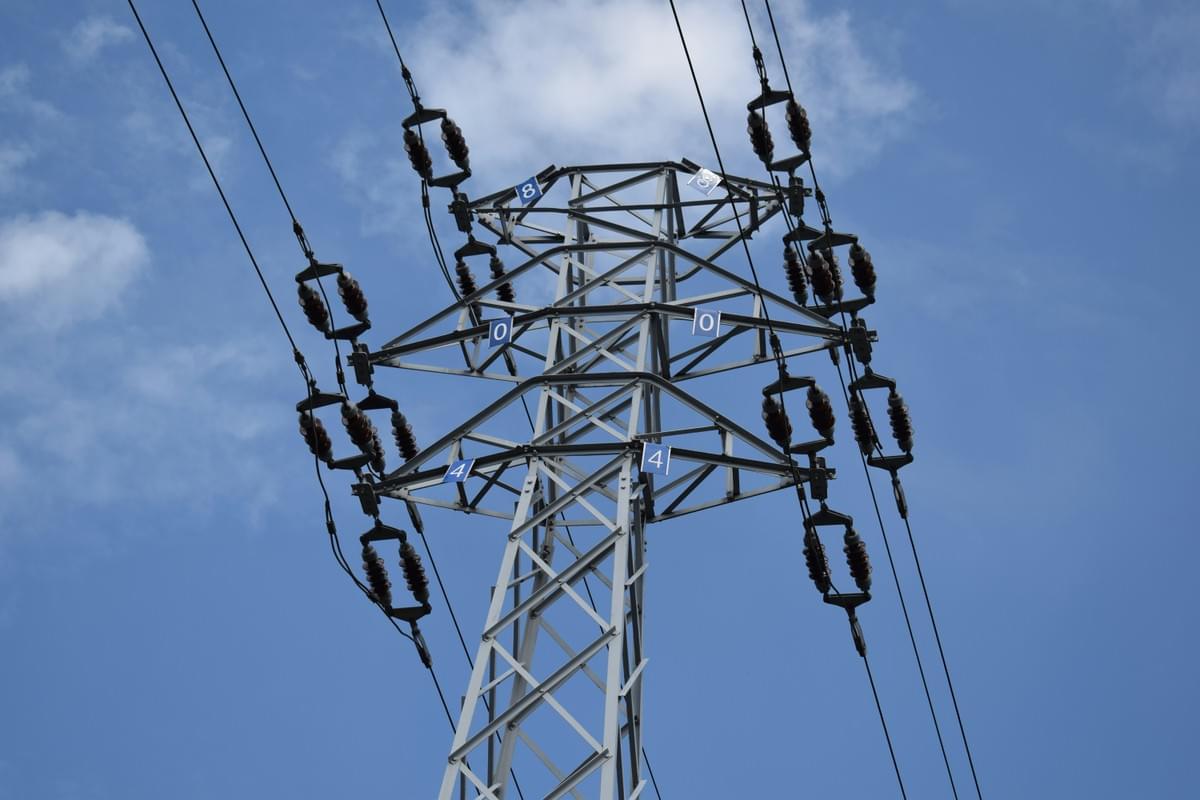
High-voltage bushings play a critical role in electrical systems, providing a safe and efficient means of transferring electrical energy between high-voltage equipment and the external environment. These bushing insulators serve as the interface where conductors exit transformers or switchgear, ensuring that high voltage does not leak into surrounding structures or equipment. By effectively insulating electrical components, high-voltage bushings help maintain system reliability and safety.
Defining High-Voltage Bushings
High-voltage bushings are specialized insulator bushings designed to facilitate the passage of electricity at elevated voltages while preventing short circuits or electrical discharges. Typically made from materials like porcelain or ceramic, these components are engineered to withstand extreme conditions such as temperature fluctuations and environmental stresses. Their design incorporates both mechanical strength and excellent insulating properties, making them indispensable in power systems.
How They Function in Electrical Equipment
In essence, high-voltage bushings function by providing a barrier that isolates conductive parts from their surroundings while allowing for safe electrical connections to be made. When integrated into transformers or switchgear, these bushing insulators ensure that the flow of electricity is maintained without compromising safety standards. The design allows for minimal energy loss during transmission, which is crucial for maintaining efficiency in power systems.
Benefits of Using High-Voltage Bushings
The use of high-voltage bushings offers numerous advantages that enhance overall system performance and reliability. Firstly, they provide superior insulation properties compared to traditional methods, reducing the risk of electrical failures due to environmental factors like moisture or pollution. Secondly, their robust construction—whether through porcelain bushings or ceramic bushing insulators—ensures longevity and reduced maintenance needs over time; this translates into cost savings for operators managing complex electrical infrastructures.
Types of Bushing Insulators
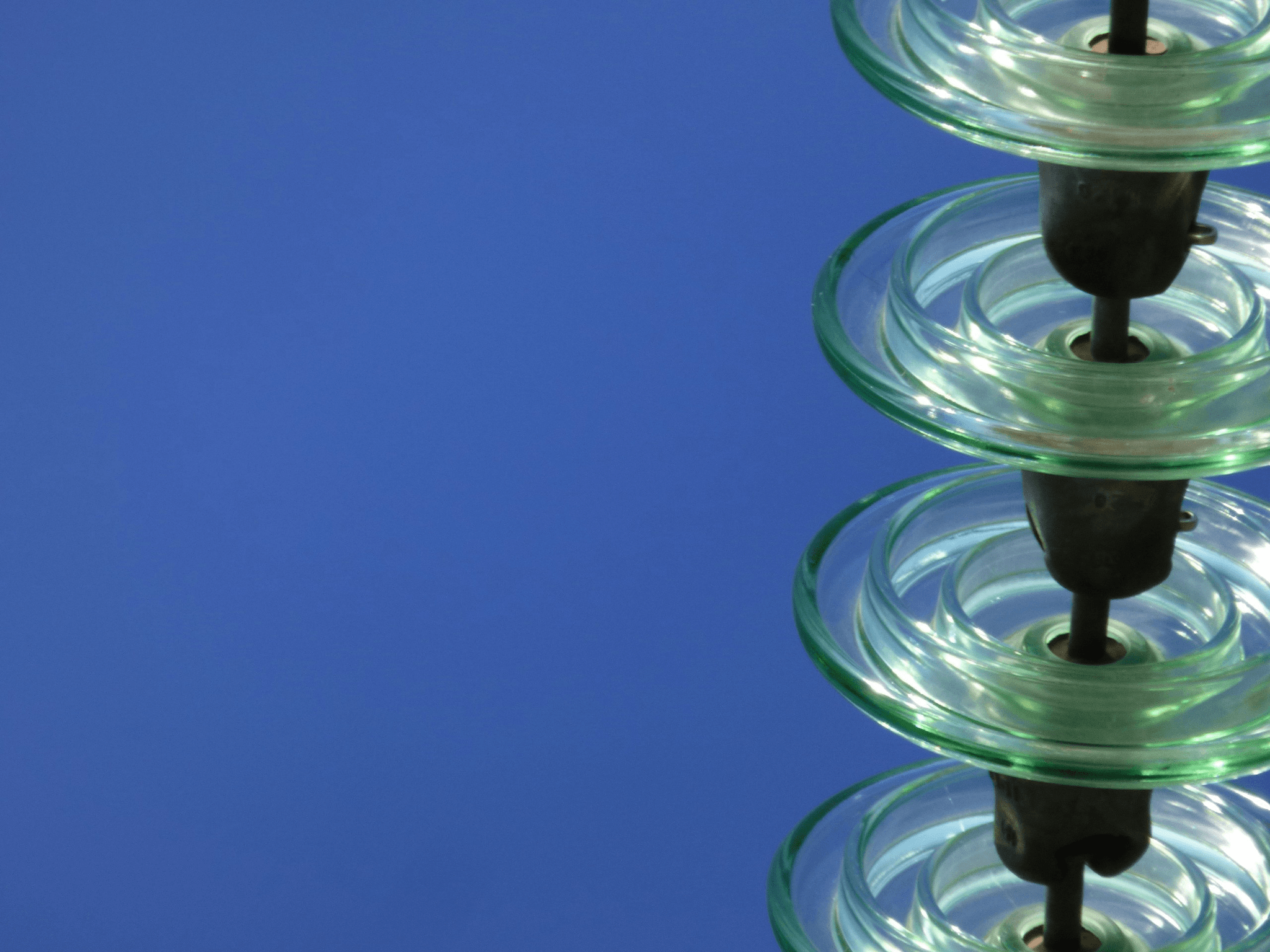
When it comes to high-voltage applications, bushing insulators play a crucial role in ensuring the reliability and efficiency of electrical systems. The choice of bushing insulator can significantly impact performance, especially in transformers and switchgear. In this section, we will delve into the most common types of bushing insulators, highlighting their unique characteristics and advantages.
Overview of Porcelain Bushings
Porcelain bushings have long been a staple in the world of electrical insulation due to their durability and excellent dielectric properties. Made from a combination of clay and other materials, porcelain bushings are highly resistant to environmental factors such as moisture and temperature fluctuations. These characteristics make porcelain bushings an ideal choice for transformer insulators, where reliability is paramount.
The design of porcelain bushings often features a smooth surface that minimizes contamination buildup, which is essential for maintaining performance over time. Additionally, they are capable of withstanding high mechanical stresses, making them suitable for various applications within power systems. With proper maintenance, porcelain bushings can offer an extended lifespan while ensuring optimal functionality.
Exploring Ceramic Bushing Insulators
Ceramic bushing insulators take the concept of traditional porcelain bushings a step further by incorporating advanced ceramic materials that enhance performance even more. These ceramic bushing insulators provide superior resistance to electrical stress and thermal cycling compared to standard options. Their ability to withstand extreme conditions makes them particularly useful in high-voltage environments.
One notable feature of ceramic bushing insulators is their lightweight design without compromising structural integrity. This characteristic allows for easier installation and maintenance while minimizing the overall weight on supporting structures like transformers or switchgear assemblies. Furthermore, ceramic materials exhibit excellent resistance to aging and degradation from environmental factors.
Advantages of Synthetic Insulator Bushings
Synthetic insulator bushings represent a modern approach to electrical insulation technology that combines lightweight materials with exceptional performance characteristics. These innovative bushing insulators often utilize polymers or composite materials that provide outstanding dielectric strength while being resistant to moisture and contaminants. This makes synthetic options particularly appealing for outdoor applications where exposure to harsh conditions is inevitable.
In addition to their impressive insulating properties, synthetic bushing insulators are known for their flexibility in design and ease of installation compared to traditional materials like porcelain or ceramics. They can be engineered into various shapes and sizes tailored specifically for different applications within power systems such as transformers or switchgear units. Moreover, synthetic options typically require less maintenance due to their inherent resilience against wear over time.
Applications in Transformers

Transformers are vital components in electrical power systems, and the role of bushing insulators cannot be overstated. These insulators serve as a critical interface between the transformer and its external connections, ensuring that high-voltage currents can flow safely while preventing electrical leakage. The right bushing insulator not only enhances performance but also plays a crucial role in the overall reliability of transformer operations.
Role of Transformer Insulators
Transformer insulators, particularly high-voltage bushings, are designed to withstand extreme electrical stress and environmental conditions. They protect the internal components of transformers from moisture, contaminants, and mechanical damage while providing insulation from high voltages. A well-functioning bushing insulator is essential for maintaining optimal efficiency and safety in power distribution systems.
Selecting the Right Bushing for Transformers
When selecting an insulator bushing for transformers, several factors must be considered to ensure compatibility with specific operational requirements. Key considerations include voltage rating, environmental conditions, and mechanical strength—elements that determine whether porcelain bushings or ceramic bushing insulators are more suitable for a particular application. By carefully evaluating these factors, engineers can choose the best bushing that meets both performance expectations and safety standards.
Spark Fittings and Their Transformer Solutions
Spark fittings play an important role in enhancing transformer solutions by providing additional protection against electrical arcing at connection points where high-voltage bushings meet other equipment. These fittings help maintain insulation integrity while minimizing wear on both the bushing insulator and connected components over time. Utilizing spark fittings alongside appropriate transformer insulators can significantly improve system reliability and extend the lifespan of critical electrical infrastructure.
Choosing the Right Bushing

Selecting the appropriate bushing insulator is crucial for ensuring optimal performance and longevity in electrical systems. With various types available, including porcelain bushings and ceramic bushing insulators, it’s essential to understand their characteristics and applications. This section will delve into the factors influencing insulator selection, compare performance metrics across different bushings, and highlight case studies that showcase successful bushing applications.
Factors to Consider for Insulator Selection
When choosing an insulator bushing, several factors come into play. First, consider the voltage rating; high-voltage bushings must withstand significant electrical stress without compromising safety or functionality. Additionally, environmental conditions such as temperature fluctuations, humidity levels, and exposure to chemicals can affect the choice of material—porcelain bushings may excel in some environments while synthetic options might be better suited for others.
Another critical aspect is mechanical strength; a robust bushing insulator must endure physical stresses during operation and installation. The thermal properties of the materials also matter; certain transformer insulators are designed to handle heat dissipation effectively to prevent failure over time. Lastly, cost-effectiveness should not be overlooked—finding a balance between quality and budget can significantly impact long-term operational efficiency.
Comparing Performance Across Different Bushings
Performance comparison among various types of bushing insulators reveals distinct advantages and disadvantages inherent in each option. Porcelain bushings are well-known for their durability and resistance to harsh environmental conditions but can be heavier than alternative materials. In contrast, ceramic bushing insulators offer excellent electrical insulation properties while being lighter but may require careful handling due to fragility.
Synthetic insulator bushings have gained popularity due to their lightweight nature and resilience against extreme weather conditions; they often outperform traditional materials in specific scenarios like coastal regions where saltwater corrosion is a concern. However, evaluating performance isn't just about material choice—it also involves assessing how different designs influence heat dissipation capabilities or how they manage electrical stresses under load conditions.
Ultimately, understanding these performance metrics helps engineers make informed decisions tailored to their unique operational requirements.
Case Studies of Successful Bushing Applications
To illustrate the importance of choosing the right bushing insulator, let’s explore some case studies showcasing successful applications in real-world scenarios. One notable example involves a power utility that replaced outdated porcelain bushings with advanced ceramic bushing insulators on several transformers in a high-humidity region. The result was a remarkable reduction in maintenance costs due to fewer failures related to moisture ingress.
In another instance, an industrial facility upgraded its aging transformer insulation system by incorporating synthetic insulator bushings specifically designed for extreme temperatures encountered during peak operations. This transition not only improved reliability but also extended the lifespan of their entire electrical infrastructure by mitigating thermal stress-related failures.
These examples highlight how thoughtful selection of high-voltage bushings tailored to specific operational environments can lead directly to enhanced system reliability and reduced downtime—a win-win situation for any power system operator!
Maintenance and Lifespan of Bushings
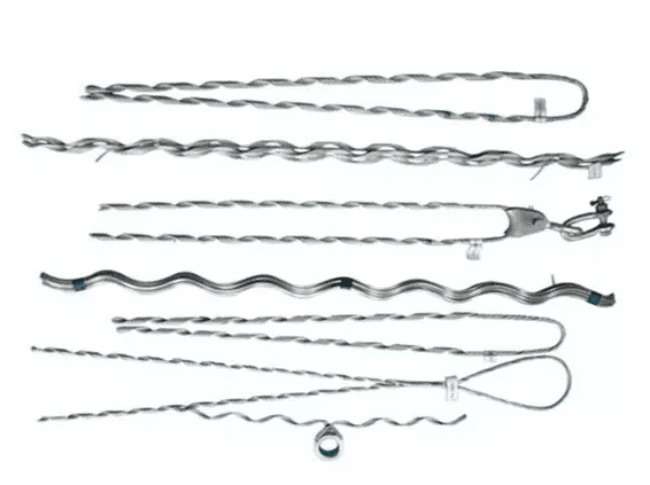
Maintaining the integrity and performance of bushing insulators is crucial for the reliability of power systems. High-voltage bushings, whether they are porcelain, ceramic, or synthetic, require regular inspection and maintenance to ensure they function optimally. By understanding the signs of wear and implementing best practices, you can extend the lifespan of your bushing insulators significantly.
Signs of Wear in Bushing Insulators
Identifying signs of wear in bushing insulators is essential for preventing catastrophic failures. Look for visible cracks or chips on porcelain bushings; these can indicate a compromised structure that may lead to insulation breakdown. Additionally, discoloration or surface tracking on ceramic bushing insulators often suggests that electrical stress has exceeded safe operating limits.
Another critical sign to monitor is moisture ingress; if you notice any leakage or dampness around the base of your transformer insulators, it could signal potential failure. Regular thermal imaging can also help detect overheating issues that might not be immediately visible but could lead to premature aging of the insulator bushing. Keeping an eye out for these warning signs will help you maintain a healthy operational environment for your high-voltage bushings.
Best Practices for Maintenance
To ensure optimal performance from your bushing insulators, adopting best maintenance practices is vital. Start with routine inspections every six months to check for physical damage and environmental factors that may impact performance—such as dirt buildup or vegetation encroachment near high-voltage bushings. Cleaning porcelain bushings with appropriate solvents will prevent contamination and enhance their insulating properties.
Moreover, consider implementing predictive maintenance techniques such as partial discharge testing to assess the health status of transformer insulators over time. This proactive approach allows you to catch potential issues before they escalate into costly repairs or replacements. Documenting all maintenance activities will also provide valuable insights into patterns that may emerge regarding specific types of bushing failures.
Extending the Life of Your Bushing Insulators
Extending the life span of your bushing insulators hinges on both proper selection and diligent care throughout their operational life cycle. Choose high-quality materials—like durable ceramic bushing insulators—designed specifically for demanding environments; this initial investment pays off through reduced failure rates and lower maintenance costs over time.
In addition, maintaining optimal operating conditions by monitoring temperature fluctuations can mitigate undue stress on high-voltage bushings caused by extreme weather changes or load variations. For added protection against environmental stresses, consider installing protective covers that shield porcelain bushings from harsh elements while allowing necessary ventilation.
By following these guidelines and being vigilant about wear signs, you'll not only prolong the lifespan of your transformer insulators but also enhance overall system reliability—a win-win situation!
Conclusion
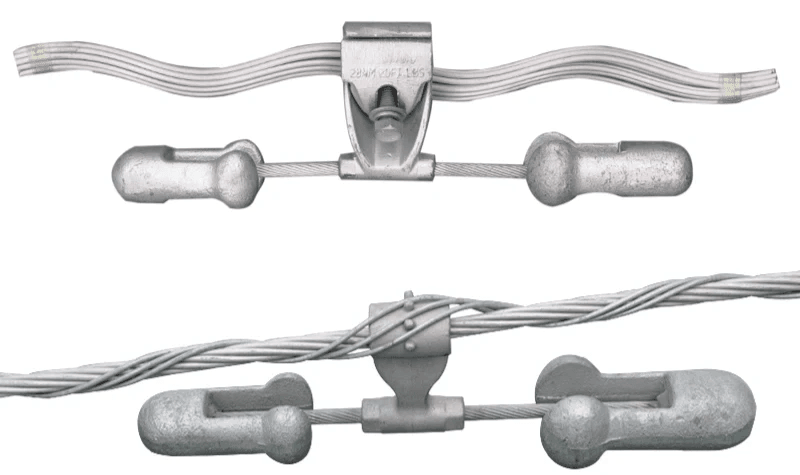
In the grand tapestry of electrical engineering, bushing insulators play a pivotal role in ensuring that high-voltage equipment operates smoothly and efficiently. These unsung heroes, often overshadowed by more prominent components, are essential for maintaining the integrity of electrical systems. As we look ahead, it's clear that advancements in bushing technology will continue to revolutionize how we manage and distribute electrical power.
Revolutionizing Electrical Equipment with Bushings
High-voltage bushings have transformed the landscape of electrical equipment, enabling safer and more efficient transmission of electricity. With innovations such as ceramic bushing insulators and advanced synthetic materials, manufacturers are now able to produce bushings that withstand extreme conditions while minimizing maintenance needs. This evolution not only enhances performance but also reduces the risk of failures that can lead to costly downtimes.
Ensuring Efficiency in Power Systems
The efficiency of power systems hinges on reliable transformer insulators and their ability to prevent energy losses due to leakage or breakdowns. By selecting the right bushing insulator—whether it be porcelain bushings or cutting-edge synthetic options—engineers can optimize system performance and ensure longevity. Ultimately, these choices contribute significantly to reducing operational costs while maximizing output.
The Future of High-Voltage Bushing Technology
Looking forward, the future of high-voltage bushing technology is bright with potential innovations on the horizon. Research into new materials and designs promises even greater durability and efficiency for bushing insulators across various applications. As we embrace these advancements, it’s crucial to keep pushing boundaries in design and functionality to meet the ever-increasing demands of modern power systems.

